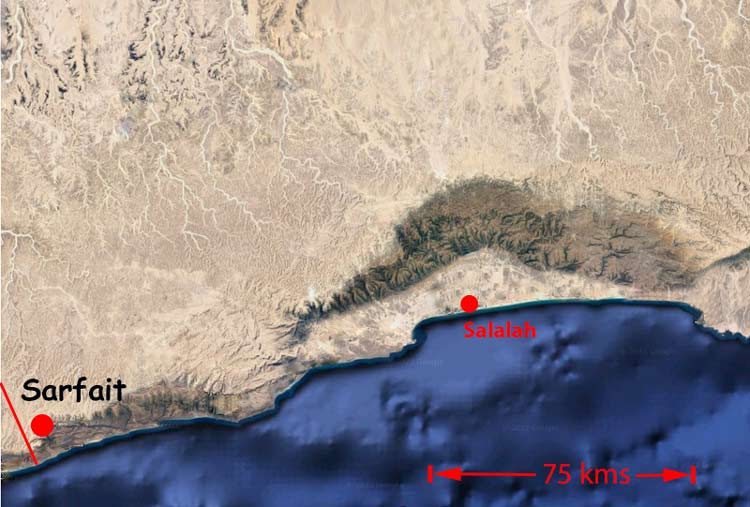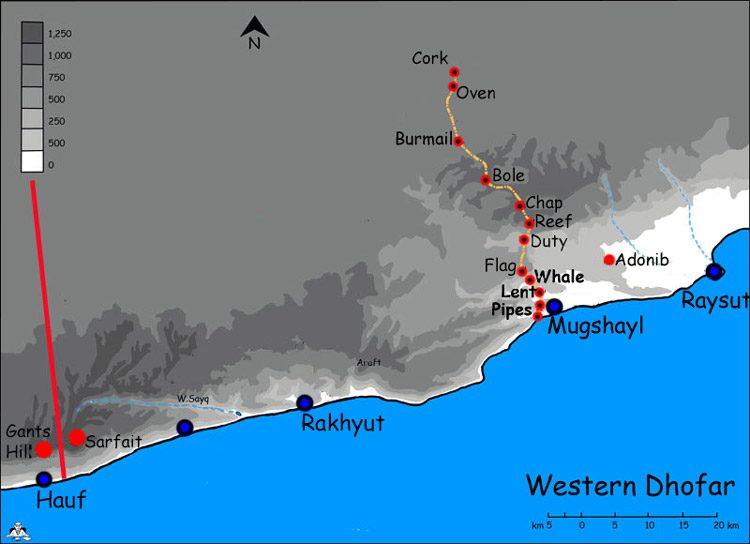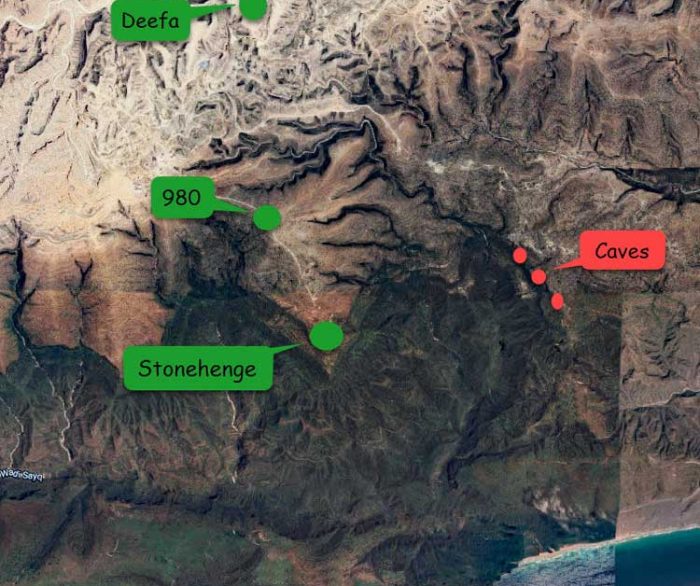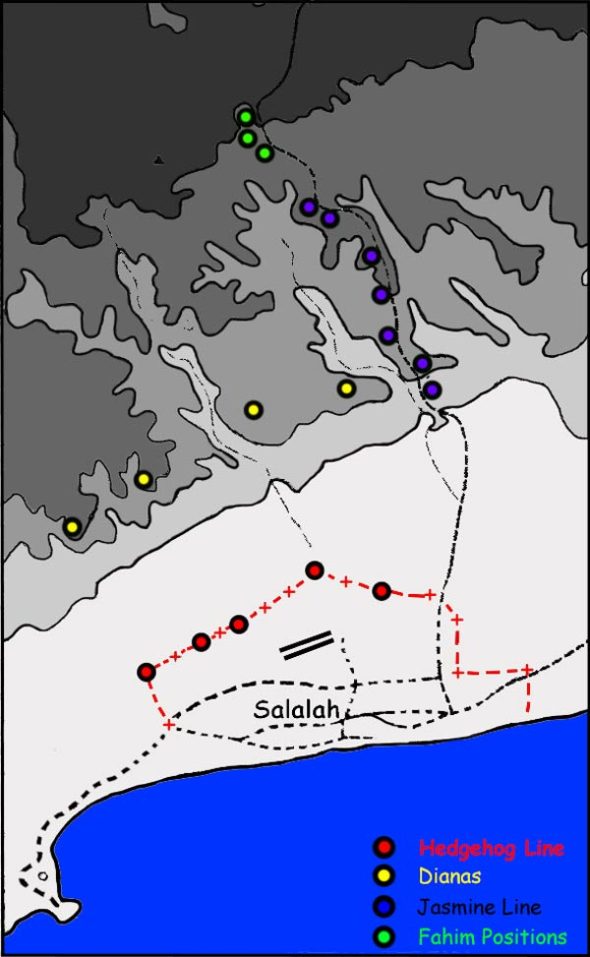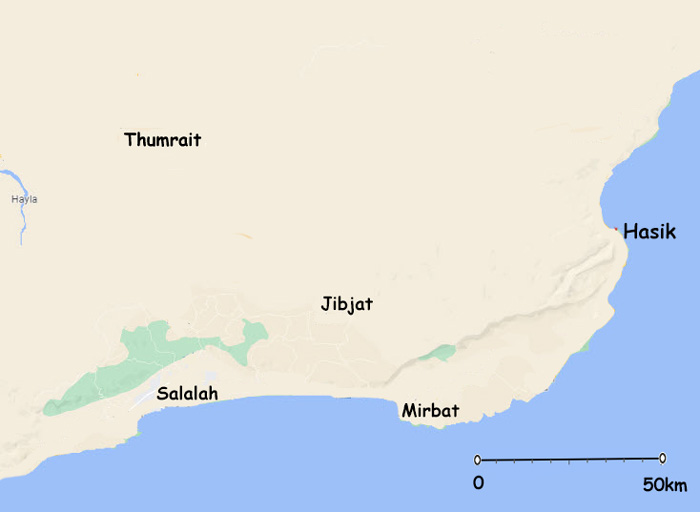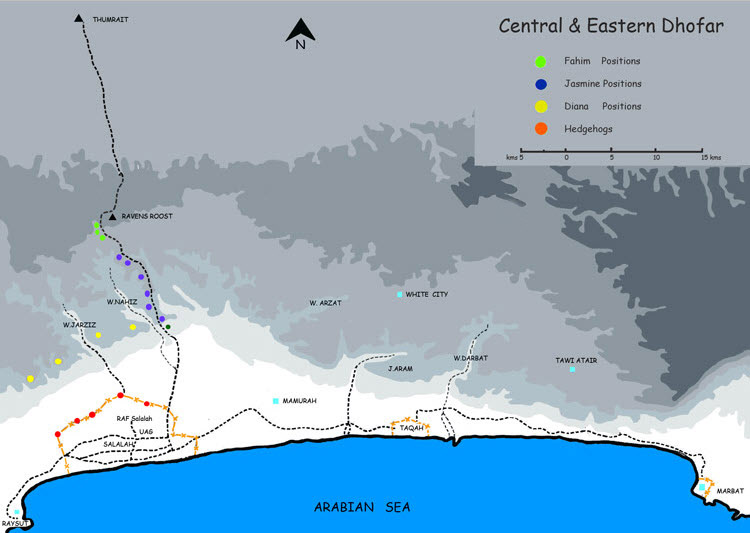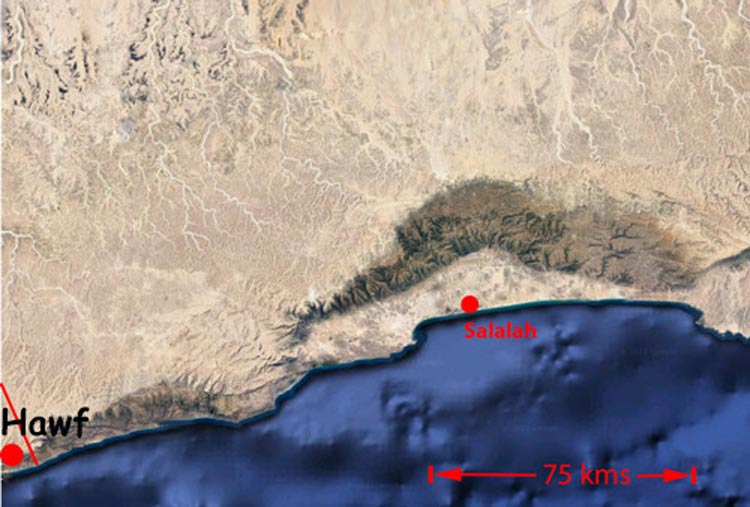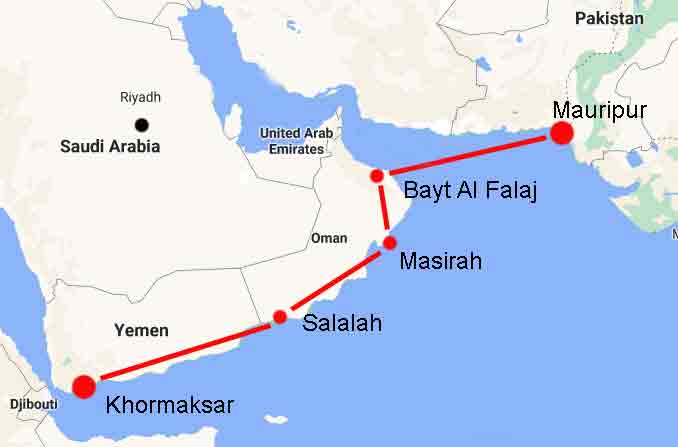
Oman – A limited experience.
J.O. Soul
Journal of the Royal Naval Medical Services Vol 63 Summer 1977
The author deputised in September 1976 when the army surgeon was recalled
He defines the problems that arise as a result of the war
- The presence of Adoo terrorists.
- Isolated skirmishes between border patrols from the Yemen and border patrols from the Sultan of Oman’s Forces
- Occasional Adoo contact throughout Dhofar Province mainly in the jebel mountains.
- The presence of large numbers of anti-personnel mines planted during the war as yet uncleared and to a large extent uncharted.
- Road traffic accidents involving vehicles of the Sultan of Oman’s Forces,Isolated accidental discharges from weapons, burns and routine general practice.
He notes that ” the only commodity not freely available was blood. This was bleed “on the hoof”. If blood was required in an emergency for a major casualty, the requirement for the blood group was broadcast on Radio 219…. picked up on medium wave by all local expatriots…. at least 30 donors would attend within 10 minutes”
He describes five cases :
Case Report 1.
Thenar eminence injury in an Iranian Corporl from an accidental discharge
Case Report 2.
Forearm injury in an Iranian Sergeant. The same bullet that had injured Case 1
Case Report 3.
A Balouchi Sergeant who had stepped on an APM and sustained a traumatic amputation of the left foot.
Case Report 4.
SAF Officer who had stepped on an APM and sustained the following injuries
- Traumatic amputation of the right leg
- Comminuted compound fracture of the right forearm with tissue loss
- Puncture wounds to the left hand
- Blast wounds to the posterior aspect of his left leg.
He was bleeding faster that fluids were being replaced even though he had several iv lines. Accordingly he was anaesthetised and a through knee amputation was carried out whilst resuscitation continued. Once his vital signs had improved surgical debridement continued. Wounds were packed with Chloros soaked packs. From a hole in his buttock the heel of his DMS boot was recovered.
Surgery lasted seven hours and he was transfused with 17 units of whole blood. He was evacuated to Queen Mary’s Hospital at Roehampton after 48hrs.
Case Report 5
A Royal Engineer Sapper engaged in clearing a minefield who stepped on an APM. Seen 35 mins after injury with a traumatic amputation of the right foot and blast injuries to the left leg.
The right foot had been destroyed but the tiba and the fibula were intact. There was severe muscle damage with foreign bodies within the muscle planes 10cms higher than the level of major injury.
DPS at four days revealed a significant amount of de-vitalised tissue. Further debridement and tibia/fibula amputation was required and the wound was closed lightly around a pack and a pressure dressing was applied.
—0—
In the discussion part of the paper he reflects on the reasons why so few people died.
The relatively small number of casualties seen at the FST
Their arrival singly rather than as a group
He reflects on the time taken from wounding to resuscitation
World War II 4 to 5 hours
Korea 3 hours
Aden 1.5 to 2 hours
Vietnam 1.5 to 2 hours
He comments that transit time from wounding to FST in Oman was about 35mins.
He observes that the length of time taken to anaesthetise and operate on the most severely wounded would be unacceptable in a situation where there were a large number of casualties who were not so severely wounded and could be saved.
He ruefully comments on the need for adequate primary debridement (Case 5)
He calls for more Naval Officers to be given the opportunity to gain FST experience.
